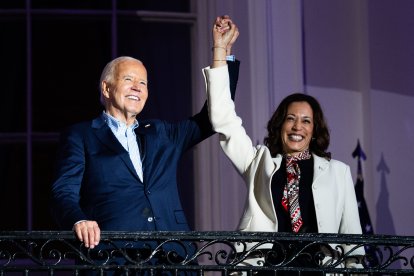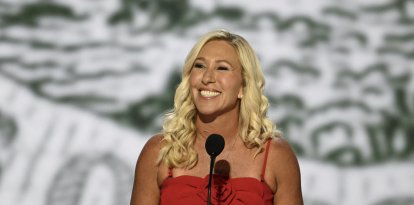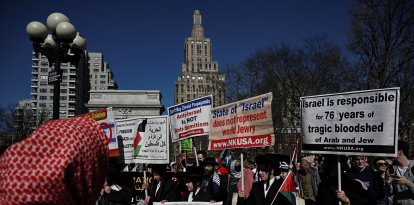Biden-Harris Administration uses public funds to hide Medicare premium increases
According to critics, this strategy does not solve the root problem and only shifts costs to citizens instead of addressing the real causes of the increases.

Biden raises Kamala's hand in a file photo.
The Biden-Harris administration is using taxpayer money to mask increases in Medicare premiums and thus mitigate criticism ahead of the presidential election. This strategy, critics say, not only delays the problem, but also burdens citizens with additional costs rather than addressing the root causes of premium increases.
Measures to counter the election impact
Under the Inflation Reduction Act (IRA), which seeks to reduce out-of-pocket drug costs for Medicare beneficiaries, insurers are planning significant increases in monthly premiums. Average costs for Part D plans are estimated to triple by 2025. Medicare Part D is a section of the federal health insurance program that covers prescription drugs, but beneficiaries must pay a monthly premium for this coverage in addition to other cost-sharing.
In response to this situation, the Centers for Medicare and Medicaid Services (CMS) has implemented a three-year "demonstration project" to subsidize premiums and keep them artificially low. While this measure may seem like temporary relief, critics such as former advisor to President Trump, Joe Grogan, argue that it simply shifts costs to taxpayers without offering a real solution.
Grogan explained that the massive subsidy plan could cost taxpayers between $5 billion and $10 billion, and warns that the problems will intensify in the coming years. "The program is in a death spiral," Grogan asserted, noting that the plan's "trial period" is already broken and unlikely to succeed.
For its part, the Paragon Health Institute a health care research group, described the plan as a "fake and costly demonstration." The institute argues that the massive subsidy does not address the underlying problems and that insurers will not participate due to lack of price competitiveness. This move could result in a lack of choice and greater losses for uninvolved insurers.
Increased health care costs
A Fidelity study reveals that a 65-year-old retiring today could spend about $165,000 on health care, which is more than double the 2002 estimates. The discrepancy between actual costs and Americans' expectations is significant, with many believing they will spend much less on health care than actually estimated.
Impact on Medicare beneficiaries.
As of April of this year, approximately 67.3 million Americans were enrolled in Medicare, with most covered under Part D, which handles prescription drugs. As prescription drug costs have increased by nearly 40% over the past decade, beneficiaries face a growing burden to cover expenses that are not fully covered by Medicare.
As the election approaches, the Biden-Harris Administration faces increasing pressure to effectively address the financial problems in Medicare without resorting to solutions that only postpone costs for taxpayers. Criticism of the administration for this strategy reflects a broader concern about how health care policies impact citizens and the federal budget.
RECOMMENDATION





















